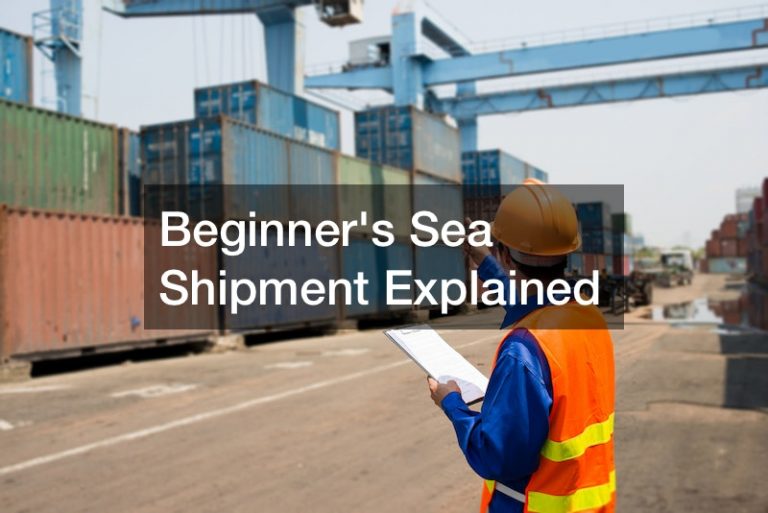Curious about the world of sea shipment? Dive into the basics with a YouTube video that explores the ins and outs of beginner’s sea shipment, providing an informative visual guide for those eager to understand the fundamentals. Sea cargo service is on of the three most important methods of logistics.
1. Understanding Container Sizes
Sea shipment involves containers of various sizes, the most common being the 20-foot and 40-foot containers. These standardized units make loading and unloading efficient and help calculate shipping costs based on the volume of goods.
Knowing the container sizes is crucial for planning and organizing shipments.
2. Navigating Shipping Documentation
The paperwork associated with sea shipment might seem overwhelming, but it’s critical. Bills of lading, packing lists, and customs declarations are among the necessary documents. Familiarize yourself with these to ensure a smooth process, and consider seeking professional advice for your first few shipments.
3. Understanding Shipping Routes and Transit Times
Sea shipments follow specific routes, and understanding these routes helps estimate transit times accurately. Factors like weather conditions and potential delays at ports can affect delivery times. Stay informed about the shipping schedule and plan shipments accordingly to meet deadlines.
Embarking on the sea shipment journey might seem daunting, but understanding container sizes, mastering shipping documentation, and navigating shipping routes will set you on the right course. With the basics in hand, you’ll confidently navigate the seas of international shipping.
.





